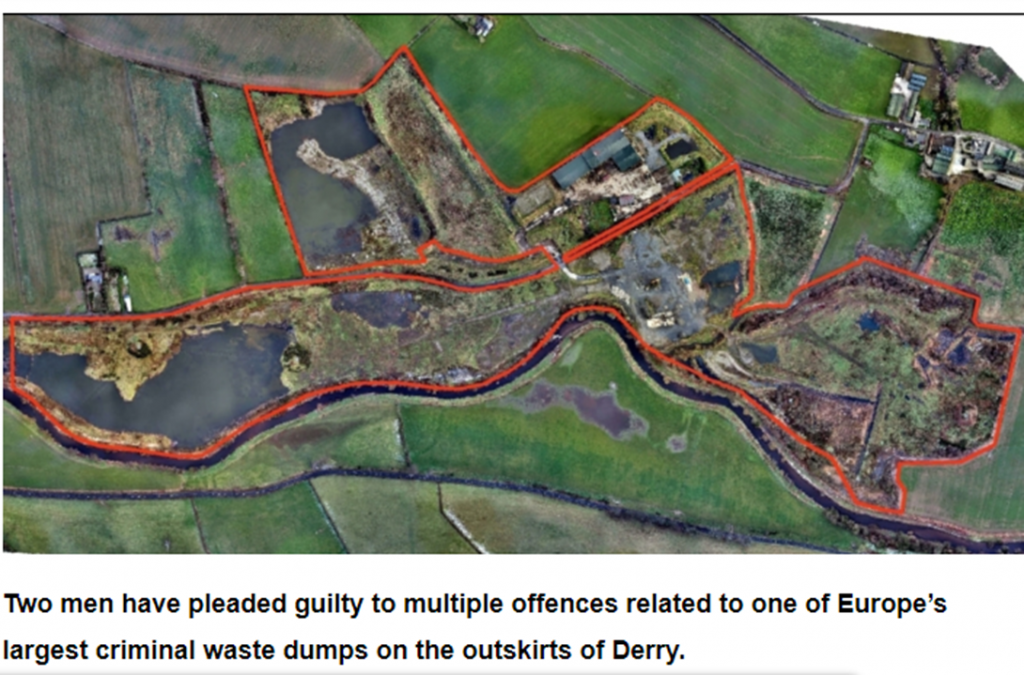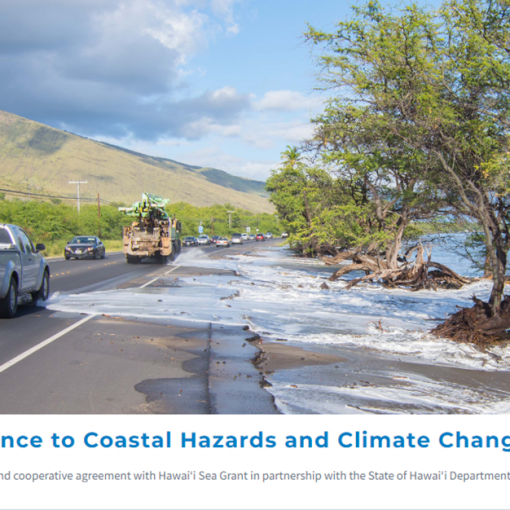10th FEBRUARY
Will the ski industry survive global warming? Is a court case the right remedy for environmental crimes? And a final word of better news …
I wonder how many people in my position, as a retired teacher, are taking notice of an approaching half term? Not a lot, I guess. But I am because I have been in and out of the local school many times this past week, trying to tie up arrangements for the Climate Event. It is going to happen on Thursday 30th March. Phew!
Traditionally February half term is one of the best times for ski resorts in Europe. As a few of my friends and acquaintances head off for a week of fun, I have posed them the question ‘how are the slopes being affected by global warming?’ I was surprised when they looked non-plussed, shaking heads to indicate they hadn’t thought about it much.
Checking a page like the one below, at first it seems there is not much to worry about. But a further investigation quickly drew my attention to a mood of panic from the industry.

From the Swiss Alps to the Rocky Mountains, ski resorts are grappling with the impacts of climate change. How are they adapting in a warming world?
A
Anzère is often hailed as Europe’s greenest ski resort. But the Swiss village had a difficult start to its 2023 winter season. Like many other Alpine ski resorts, low-lying Anzère was forced to close some of its pistes due to lack of snowfall and rainy conditions in late December and the first few days of January.
The Alps experienced record high temperatures over Christmas and New Year, reaching 20.9C (70F) in northwest Switzerland. “It was exceptionally warm over Christmas and New Year,” says Stephanie Dijkman, director of Anzère tourism. “Nearly all the snow in the village was gone.”
The Anzere report explains the situation in a rather mild fashion. But climate scientist Reto Knutti at the Federal Institute of Technology (ETH) in Zurich has been conducting in depth research for years and he reports “As the climate has warmed, the altitude at which temperatures are generally cold enough for snow to stick has risen by over 1,300 feet over the last century. Our models predict that will double in three decades. Every resort below 1,000 meters has already gone bankrupt, and those above are highly problematic.”
Speaking for the industry, the bullish response comes back – ‘this is idle speculation’. However, when you look across all mountainous regions with ski resorts, including the big ones in North America, the truth is many resorts will have to adapt to other activities, like hiking and cross country mode of skiing if they are to remain operational. Alternatively if they have mega money to invest they might go for expansion projects with tons of artificial snow:-
Last winter, Germany, Switzerland, and Austria invested $1.5 billion in skiing infrastructure, much of it around snow cannons, which spit man-made snow onto slopes. For roughly $8.5 million, even lower-lying, mid-sized resorts are creating powdery trails that snake through brown landscapes.
But the army of snow cannons holding the line against climate change still requires temperatures around 25°F (-4 °C) to work. In warmer winters, helicopters have fetched snow from higher altitudes and dumped it on the Kitzbühl racecourse.

After the peace and quiet of lockdown winters local people in the Pitzhal area of the Alps have created a petition and got 160,000 signatures to oppose the massive expansion project above, which would lead to a complete re-shaping of the landscape, blasting a huge expanse of rocks apart. The residents are becoming quite militant and successful, defending their unique environment:-
“We are not against skiing in general—that‘s part of people’s lives here,“ she says as she hikes through the fragrant pine forest of Feldring Alm, one of few places that remain untouched by ski developments. “We already have so many ski resorts, and blasting off part of a mountain for yet another one…“ the voice trails off, the speaker shaking her head.
The source of this information is National Geographic, where you will find a lot more, very interesting content.

Court Cases – are they an efficient mode of challenging Environmental Criminals?
My interest in this question has been sparked by a BBC Radio 4 series called “Buried”. It sets out a long, tortuous tale of an environmental disaster in the Mobouy area of Londonderry, NI, beside the River Faughan. Told by a husband and wife team of environmental journalists, the 10 short episodes are filled with interviews, and the first one sparks the entire investigation. They talk with a trucker, who drove refuse collection lorries and as a result knew inside secrets that he could no longer keep to himself. With death from cancer around the corner, Joe Ferguson got a friend to help him make an incriminating tape recording where he shared a long list of concerns about the health impacts of an enormous illegal waste dump. Think 1m tons, think a toxic mix of asbestos, ammonia, cadmium, nickel, zinc and ‘free cyanide’ (which is a form of cyanide that is bioavailable and known for its toxic effect on organisms. To be technical, free cyanide refers to either molecular hydrogen cyanide (HCN) or ionic cyanide (CN-). Think even worse, that the materials were put out as recycling by the communities around Northern Ireland, but then taken to be crushed/shredded indiscriminately and stuffed into the ground.
In their series, Dan Ashby and Lucy Taylor interview a wide range of residents & officials, sift through endless documents, secret memos and finally share what they can of a verdict by the Ombudsman, released in a scaled-back version in January 2023. To my utter surprise Episodes 6 & 7 widen the net, to show how organised criminal gangs have proliferated across the UK and even more so across Italy, to make mega ££s from illegal dumps that are hidden from most of our sights, in many corners of the land. The trail to Italy ends with a discovery that numerous deaths have probably been caused by the Mafia waste disposal. A young 9 year old boy dies of a rare brain tumour; tests of blood and breast milk discover high levels of arsenic. The priest who flagged up the deaths has a bomb exploded on the church steps.
It is not until Episode 9 that the statistics are put together to show the health damage back in Mobuoy. The evidence points to a cluster there too, with the shocking realisation that Joe, his wife, son and many neighbours are being diagnosed with rare fatal cancers. Eventually, after years of fighting a public enquiry releases a report that exposes that civil servants most likely knew what was happening and helped with a cover up. Criminal activity was highly organised and conspired to avoid paying about £40m of landfill taxes.
The perpetrators then ganged up to serve an injunction preventing publication of the report, but after another 7 years a court case was finally brought. Does this seem like justice at last? Well, no. Although names have been published I can find no mention of fines or prison. By now I have read about a dozen reports as well as hearing the entire set of Episodes more than once. Why no punishment to fit this horrific crime??

https://www.bbc.co.uk/news/uk-northern-ireland-foyle-west-51286363


The second court action, which I am interested to look into, is in relation to the big bad company, Exxon. The problem with taking a giant like this to court is that they have bottomless pits of money and an endless list of so-called experts, being paid to throw spanners in the works. A list of progress reports in the USA, where Massachusetts High Court has been striving to progress a major claim for damages for some years, with little success is here
http://climatecasechart.com/case/commonwealth-v-exxon-mobil-corp/
In May 2022 it was ruled that Exxon cannot wiggle out of their responsibility for misleading the world. But I cannot find any further news or success by the state, or indeed New York, which is also pursuing a lawsuit.
The defensive stance is something that we all have come to expect but it came as a big shock when Exxon changed to an attacking stance against the EU at the end of last year. I copy here a section from the relevant website
On 28 December perennial climate bad boy Exxon delivered Europe with a nasty Christmas surprise. The US company announced that it would sue the European Union in a bid to block the EU’s landmark windfall tax on oil and gas companies.
Exxon challenged the EU’s legal authority to impose the new tax — a power it claims is historically reserved for sovereign countries. The European General Court will now decide on the matter. Its decision could have huge repercussions.
The West’s biggest oil majors pocketed a staggering $200 billion in profits last year, off the back of huge volatility in oil and gas prices after Russia’s invasion of Ukraine. That takes their profits to well over 1 trillion dollars since 1993, the year of the Rio Earth Summit, the moment the world formally committed itself to halting global warming. The extreme profitability of the oil industry 30 years on is indicative of our failure to halt climate change. ☹
In Autumn last year, the EU announced its eye-catching €140 billion windfall tax on energy companies’ profits. The move was part of a bigger effort to shield households from extreme energy bills and to force energy companies to make a contribution.
The majority of the expected revenue comes from a levy on electricity providers – often renewables – but European governments also agreed that oil and gas companies should pay a minimum 33% “solidarity contribution” on their extra profits, which the EU estimated will bring in €25 billion.
Few in Europe seem to grasp the significance of the new oil tax but Exxon do. Their lawsuit against the EU is a blatant attempt to intimidate European citizens, as they suffer the biggest energy crisis in half a century. Even by Exxon’s standards this is scandalous.
I didn’t realise til now that Exxon is doing the dirty job for the other oil majors and this is its normal function on behalf of Total, Shell, ENI, BP and Repsol. All are pretending they’re good boys, part of the energy transition, but in reality sabotaging it wherever they can. Research done this year shows that oil companies invested just 5% of their 2022 profits on ‘low carbon’ energy.
The report author concludes As the war in Ukraine has shown, bullies only respond to strength. The clearest possible sign of strength would be for the EU to develop a permanent framework for climate taxes on oil and gas companies. Going forward, any time oil prices unexpectedly jump and oil majors and traders make bumper profits because of it, part of those profits should be given back to people; or even better invested in solutions that make them independent from oil.
CONCLUSION – Don’t be fooled. Courts are unlikely to bring change in a world where all the power resides in massive business enterprises. Even so, it is not an option to give up the fight.

COMING SOON
Details have been emailed to me ref what appears to be a very interesting event in March. I have booked to be there on the Thursday and will let you know what I learn and – as you would expect – will drill down into the detail, challenge all claims and generally find if it is Green Washing or not.

Carbon Dioxide Removal or CDR, where OCEANS –CAPTURE CARBON – TACKLE ACID PH – MAKE GREEN HYDROGEN




